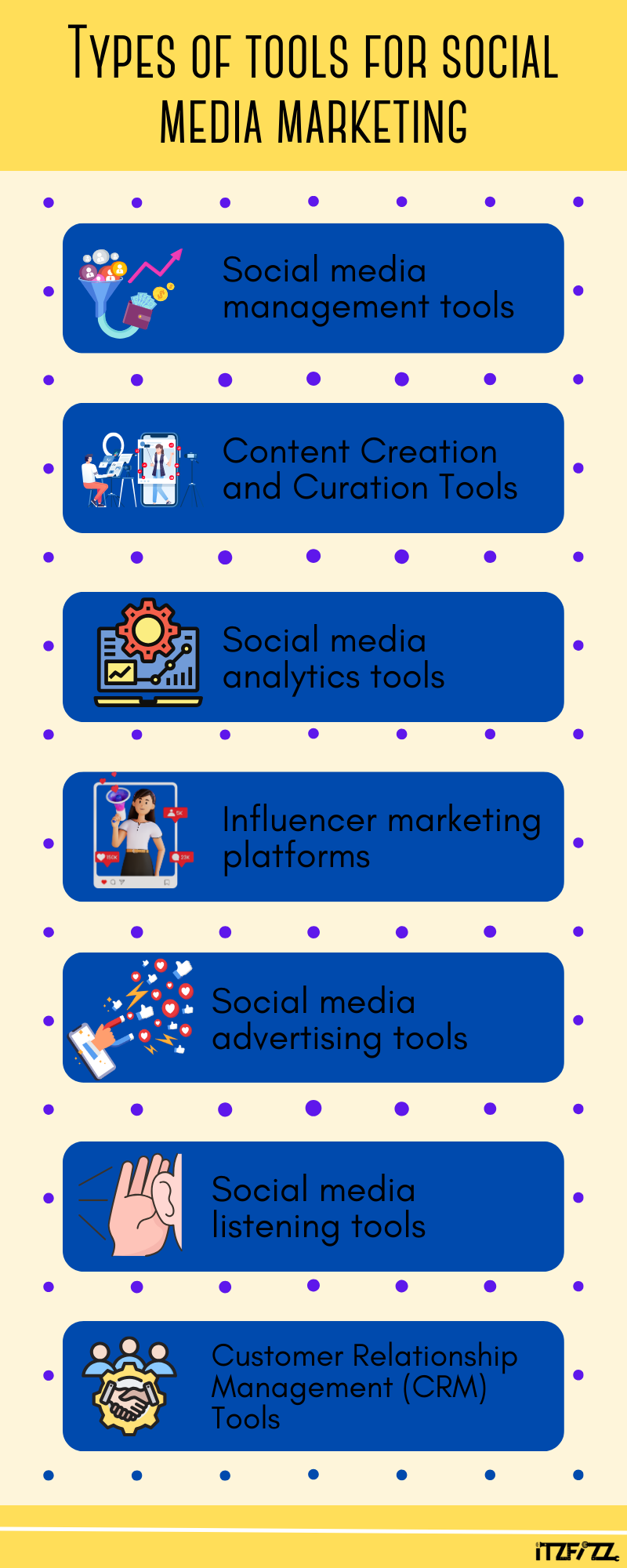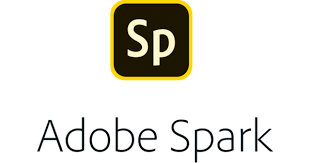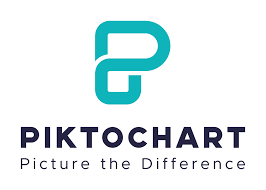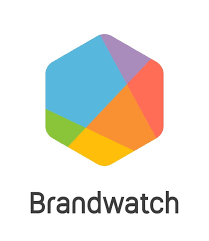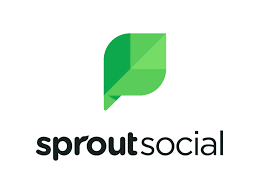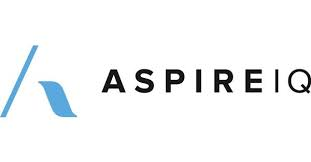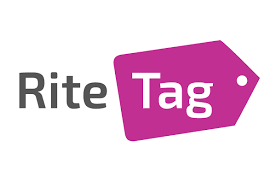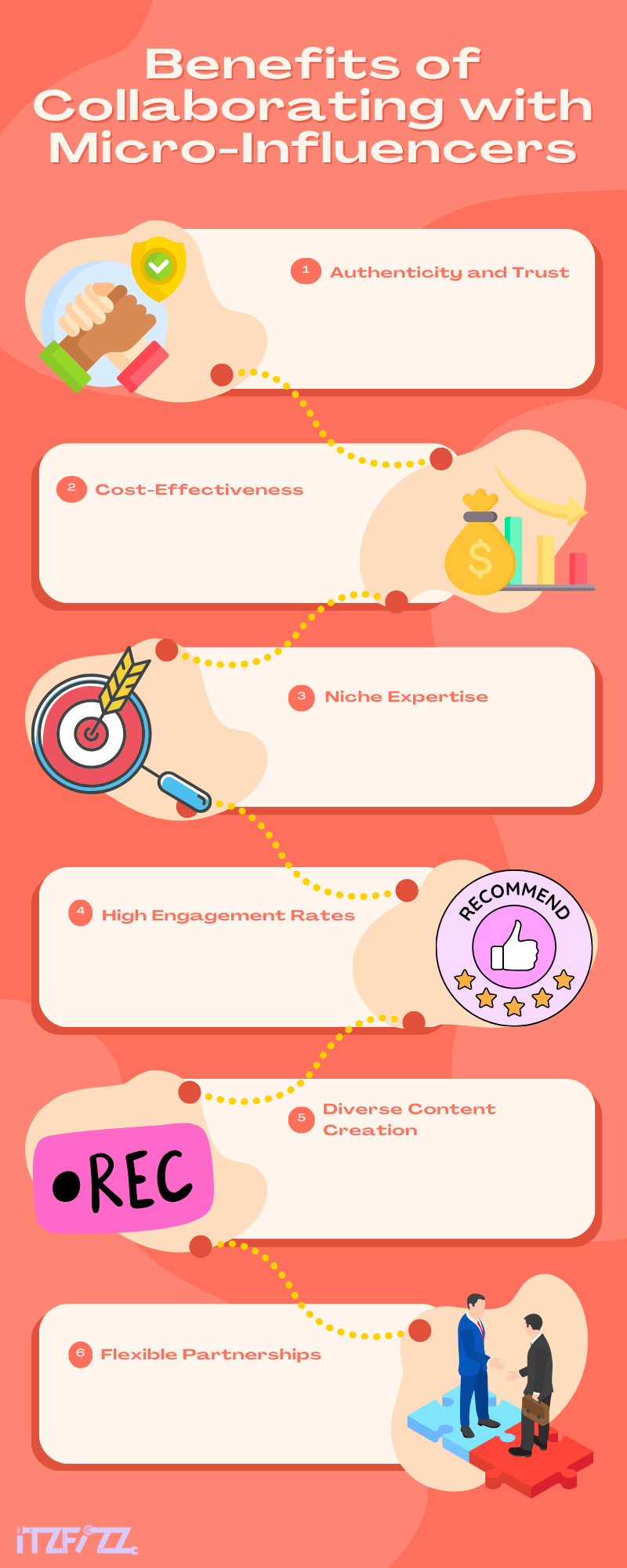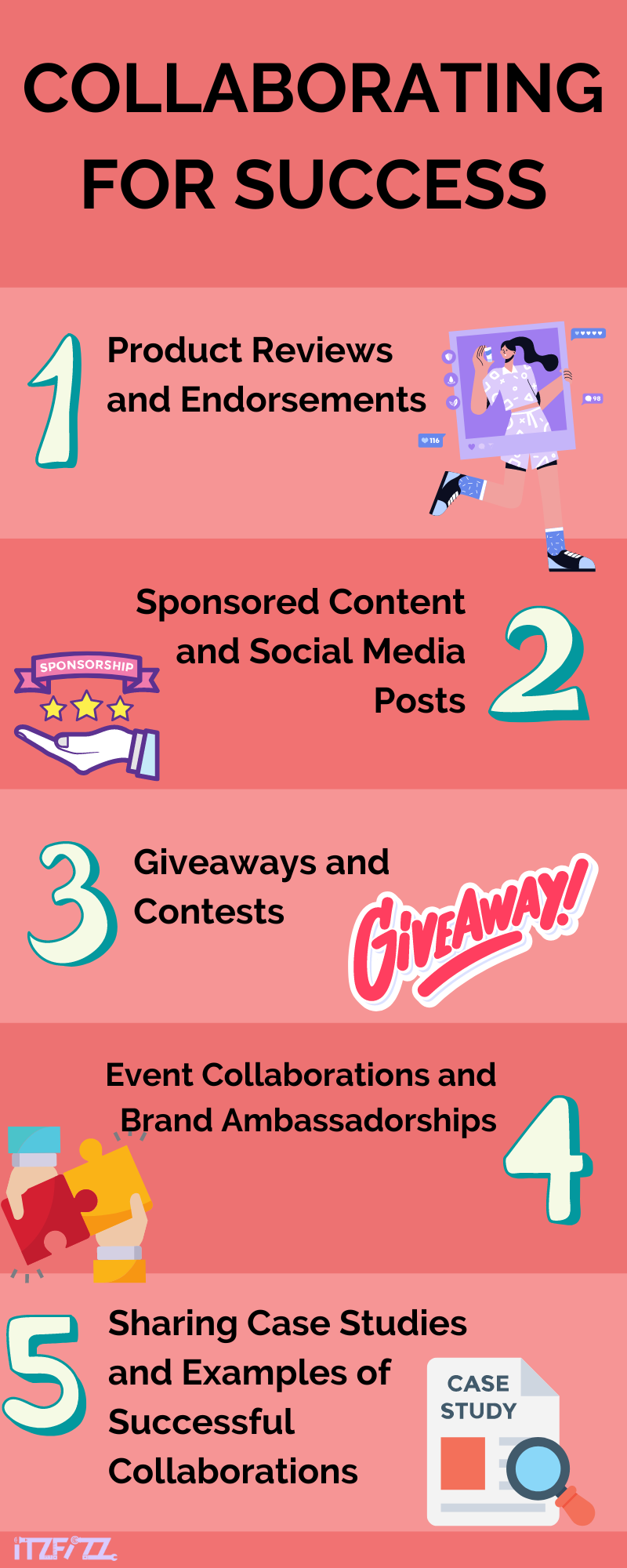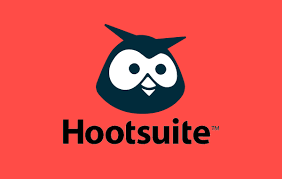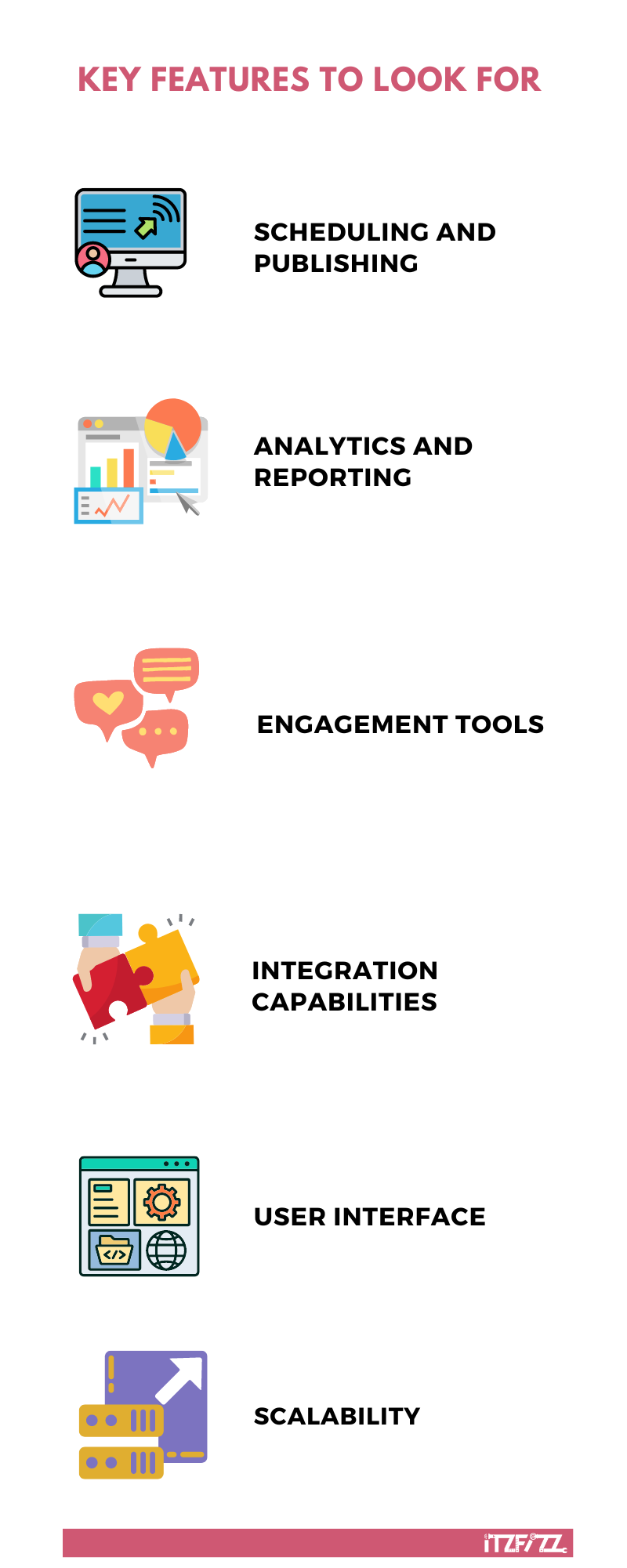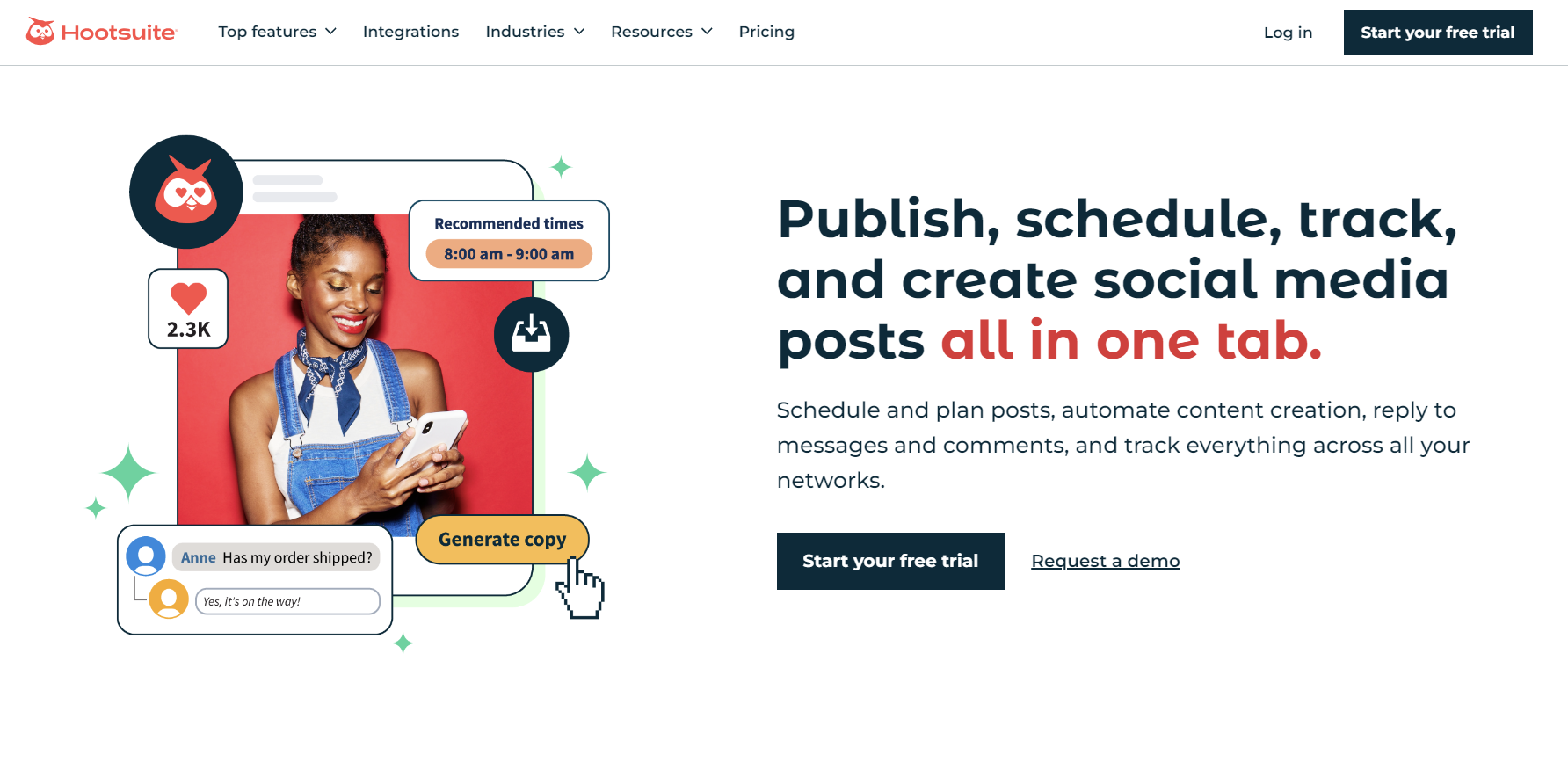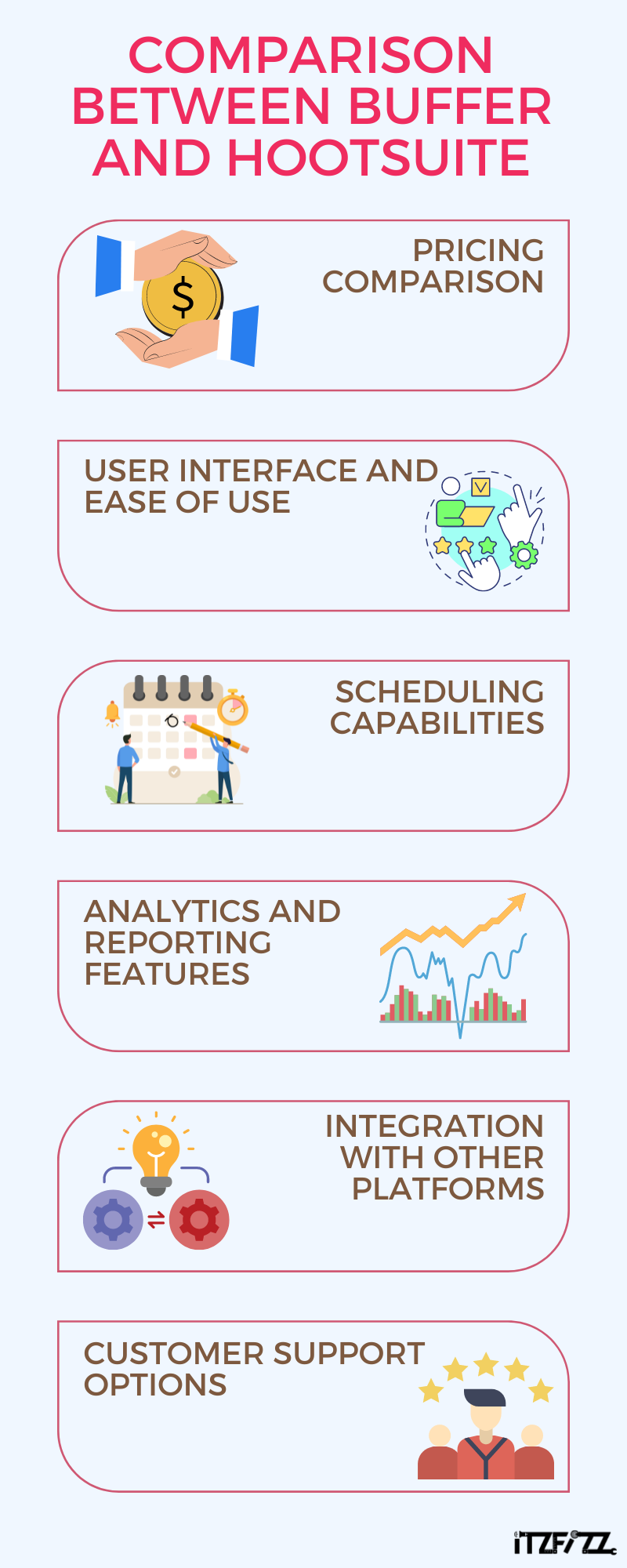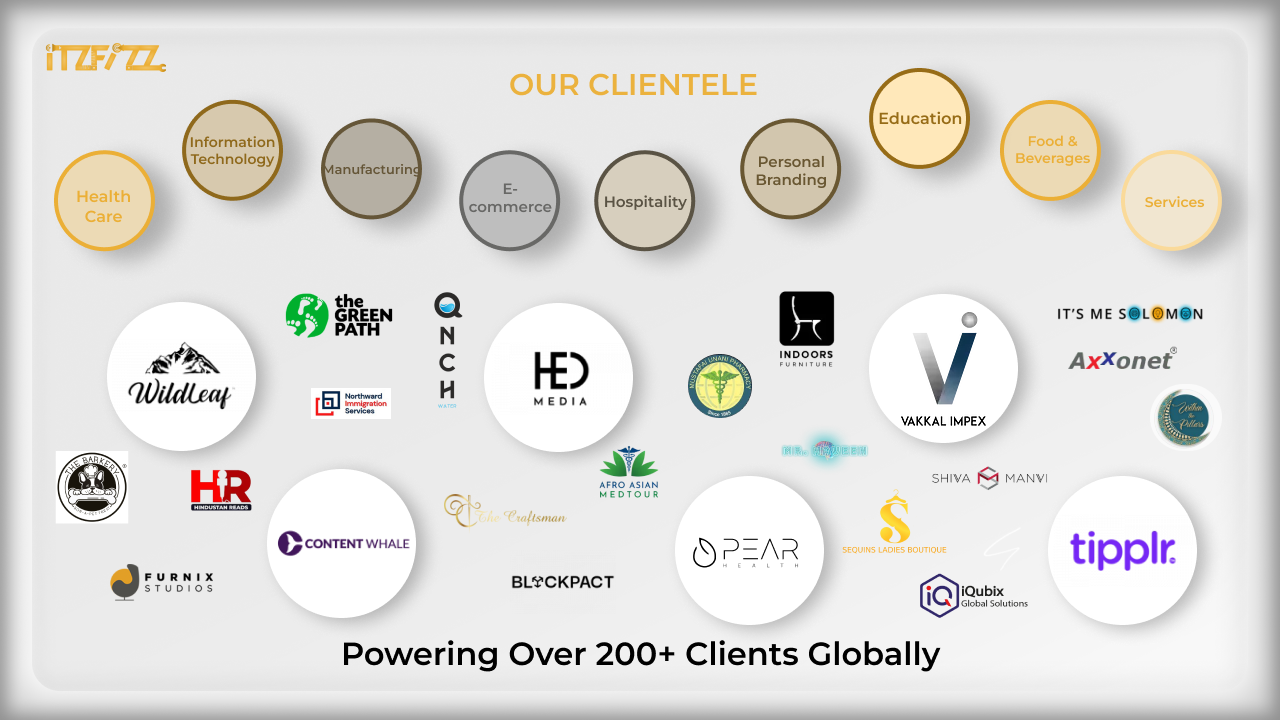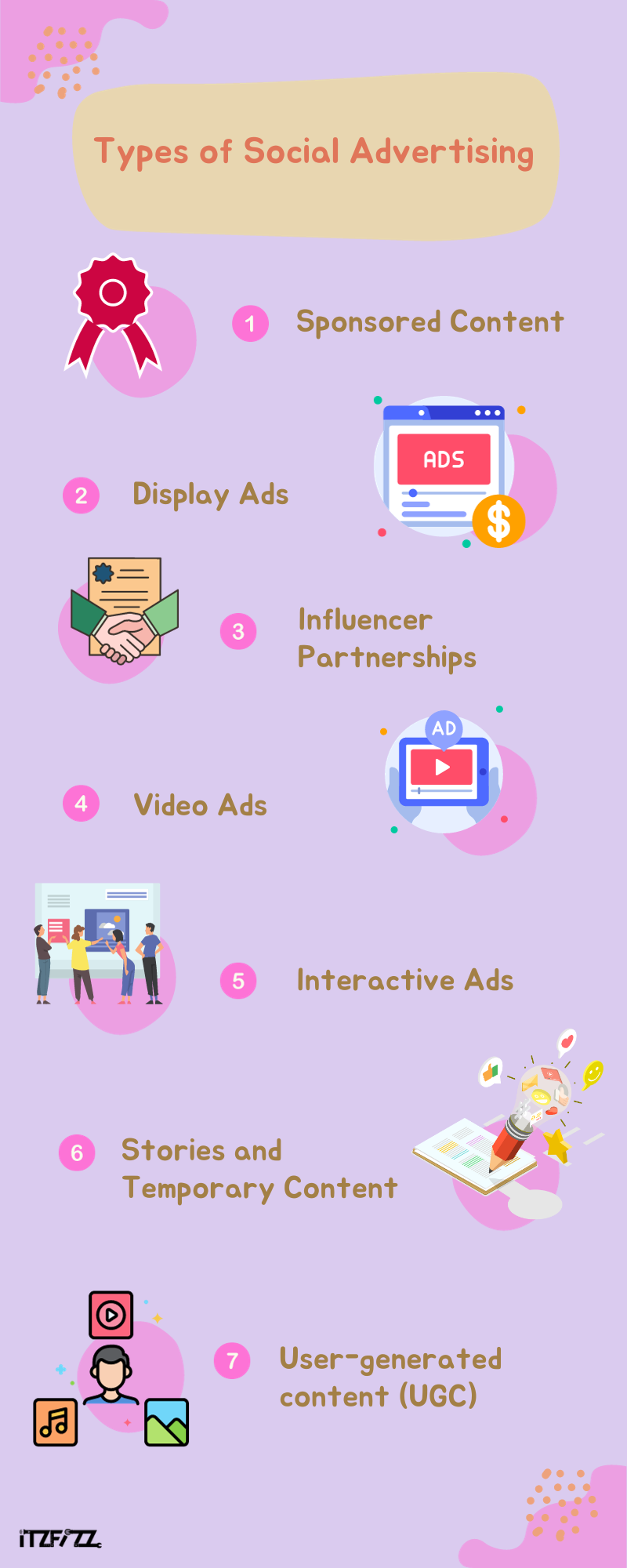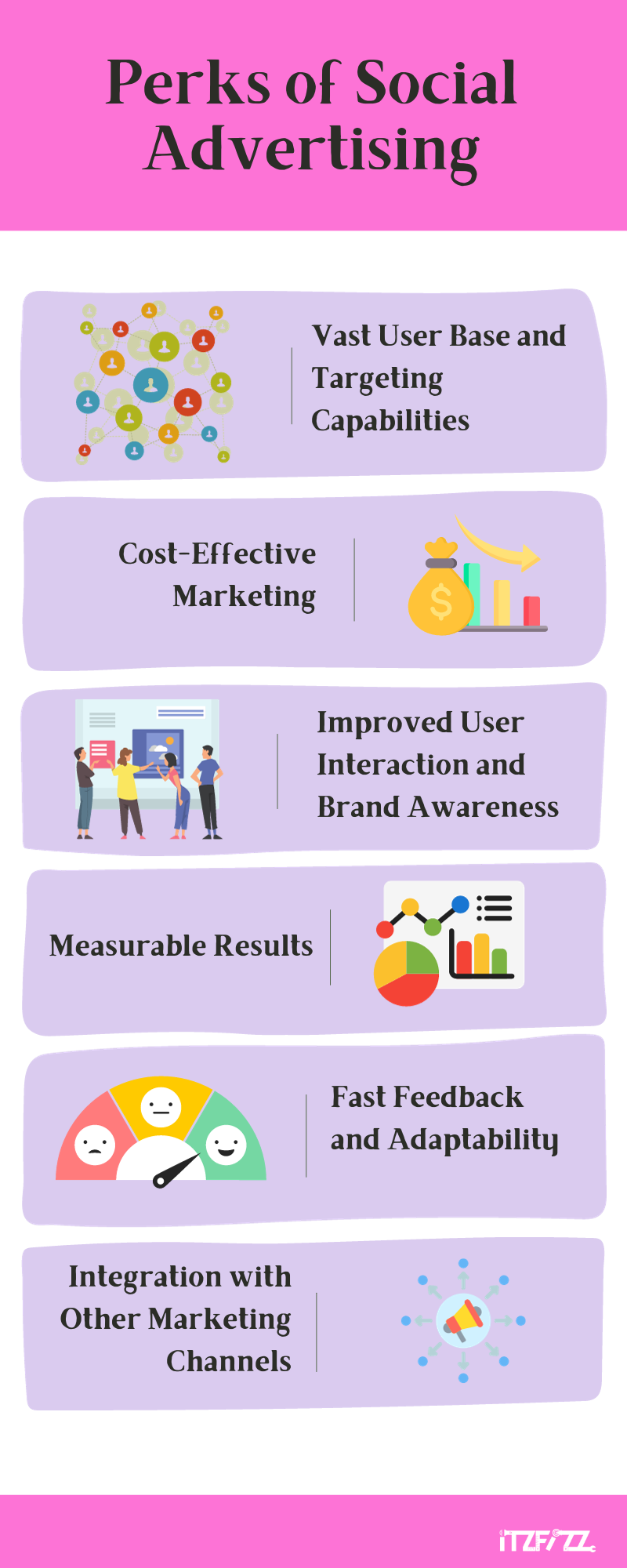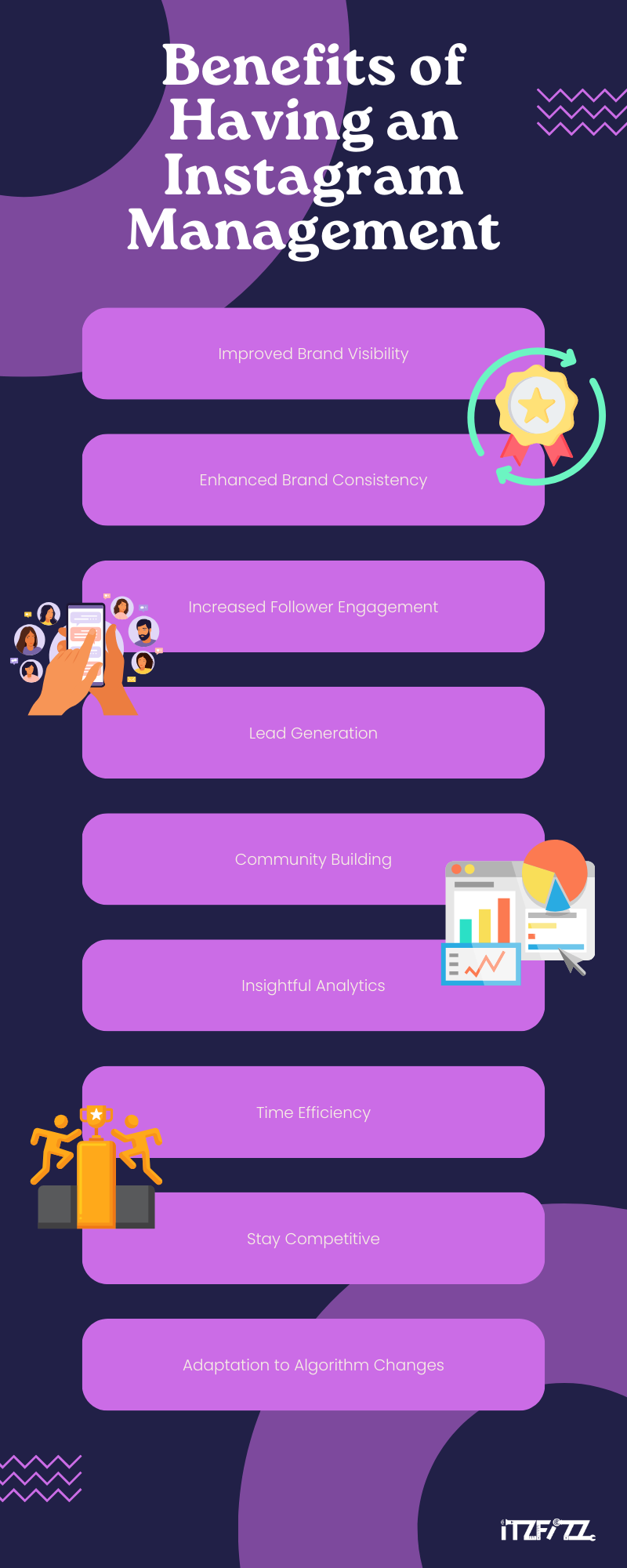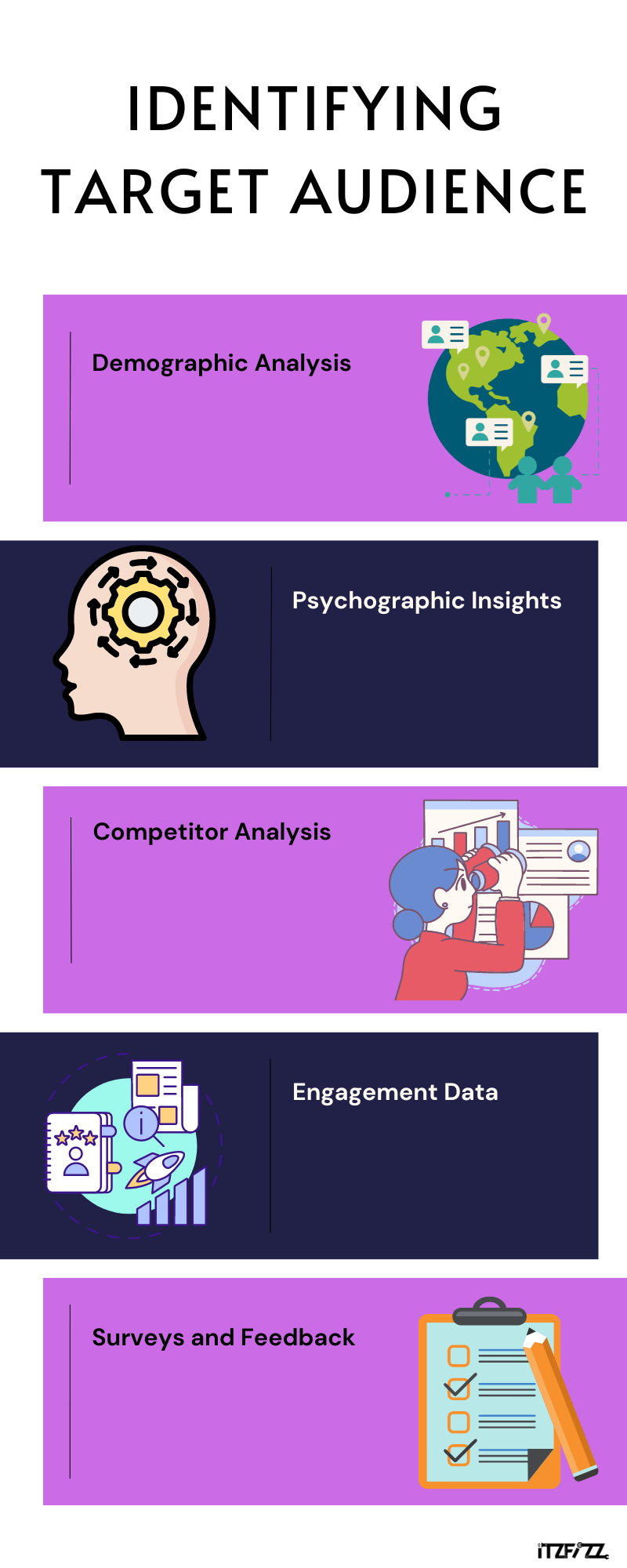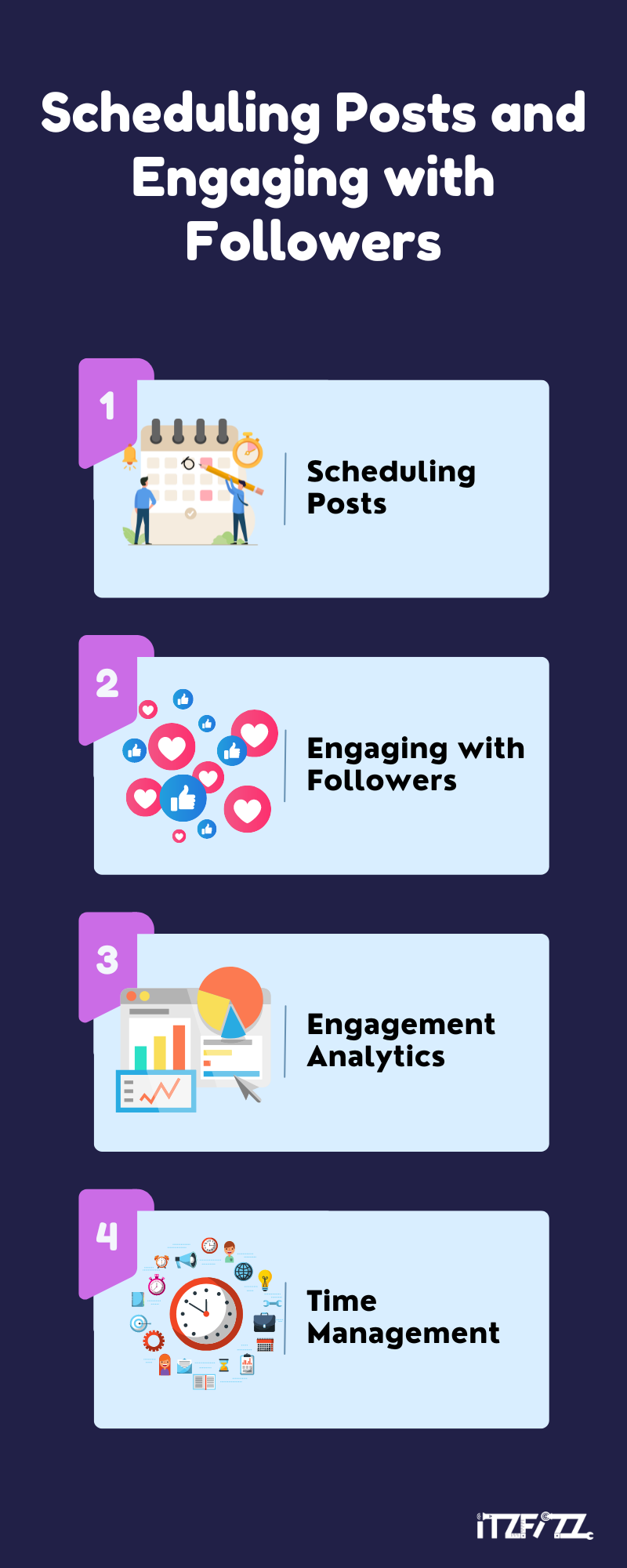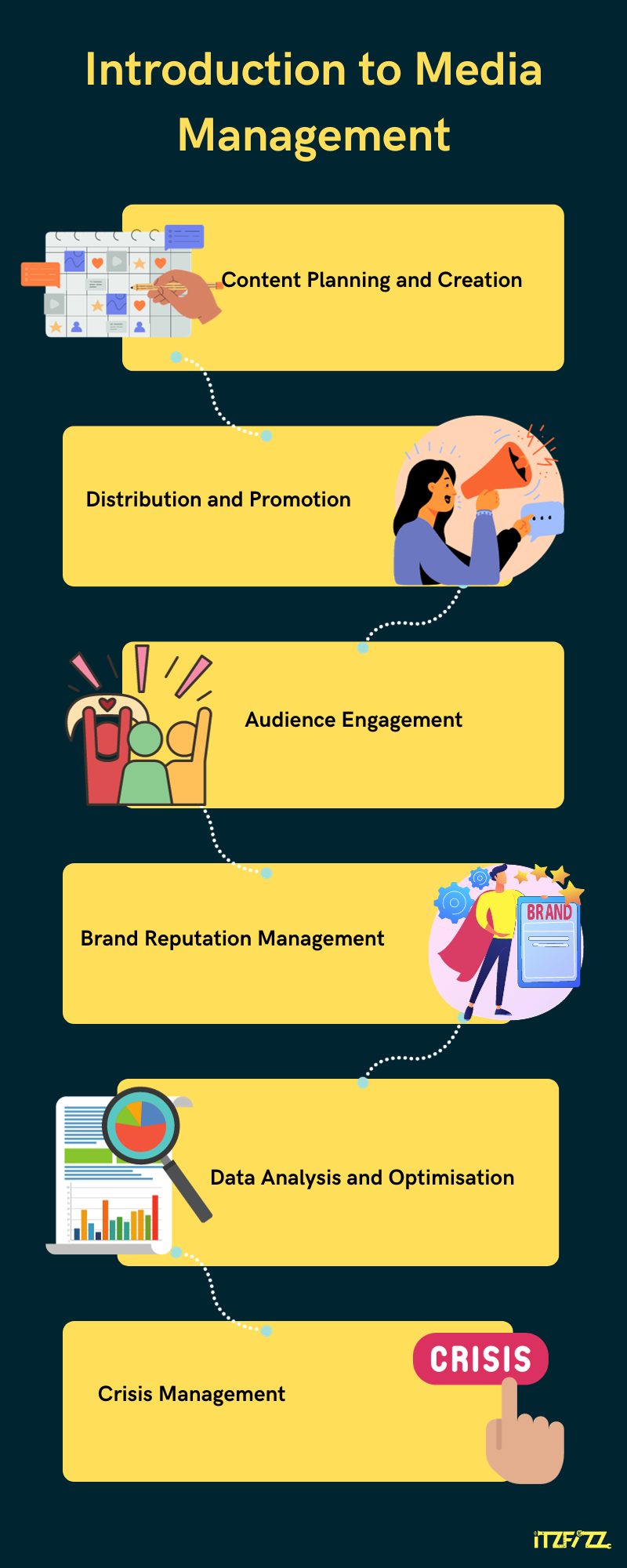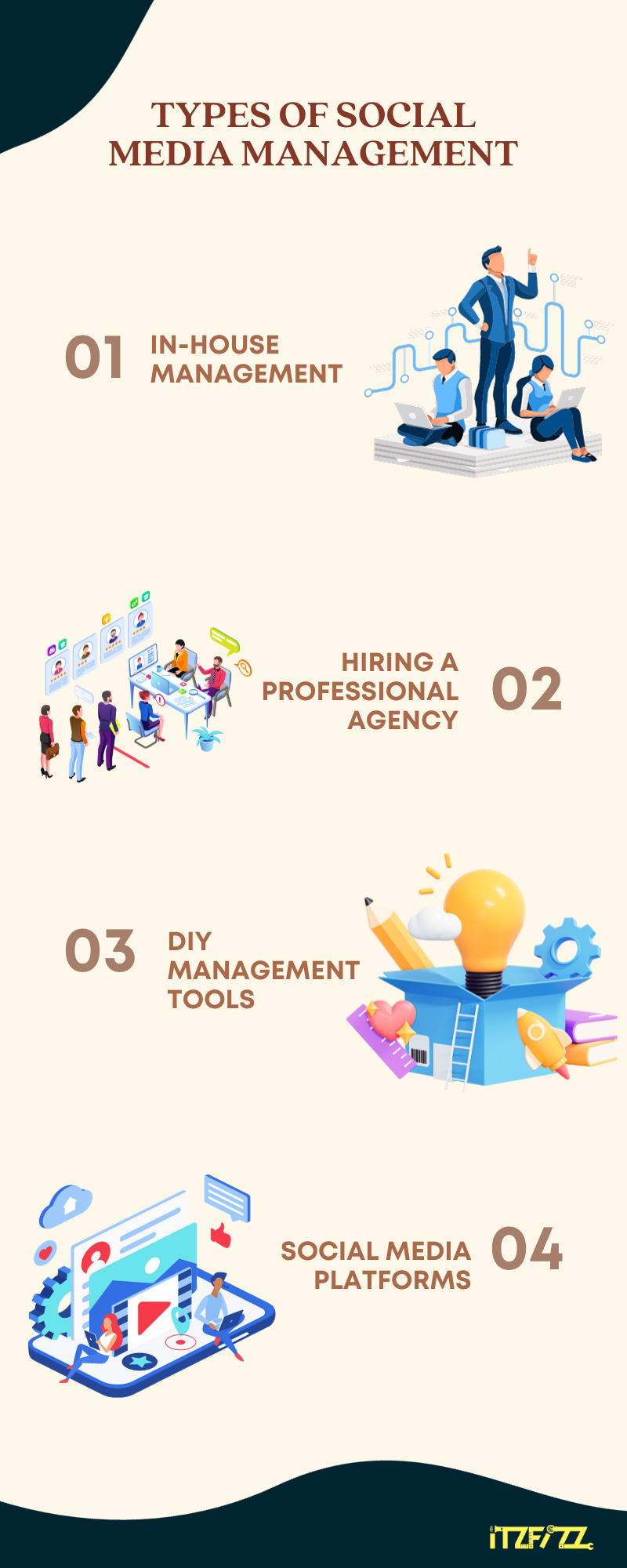Introduction
Since its release in October 2010, Instagram has shot itself up to 2 billion active users, with more than one-third of the world’s active internet users checking it every month! At first, a photo-sharing app, Instagram has now grown into a mighty platform through which people, brands and influencers connect with their audience.
One of the factors that drives the app is the use of captions. Captions make your posts personal helping you to personalize your post according to your needs and use them not just to help give context to your visuals but also to spark conversations and interactions.
You know the drill: in the world of social media, people scroll very fast. In real-time, you have mere seconds (maybe even less) before your audience loses interest. This is where the short Instagram captions come into play. A thoughtfully penned short caption could be what gets your audience to pause while scrolling and engage with your post.
Types of Short Instagram Captions
At the end of the day, remember that what works for others might not work for you. You have to remind yourself of what fits your tone and image and pen down your caption in a manner that resonates with your post. Here are some short Instagram captions to convey your thoughts in a few words.
Bite-Sized Captions That Pack a Punch
Looking for a short Instagram caption for your next selfie or scenic shot? Here are some trending ideas for your next post:
- Less is more
- Just vibes
- Chasing dreams
- Good vibes only
- Stay wild
- Desi vibes only
- Be the change
- Good times, tan lines
- Living for the moments
- Weekend vibes
- Coffee and Chaos
- Just another day in paradise
- Sunshine on my mind
- Eat, pray, love
- No filter needed
Tiny Words, Big Feelings: Captions That Speak Volumes
For those wanting to express their big emotions with short Instagram captions, these might be right up your alley:
- Feeling blessed
- Heart full
- Just breathe
- Forever grateful
- This moment means everything
- Embracing the chaos
- Lost in my thoughts
- Finding joy in the little things
- Every moment counts
- Cherishing the little things
- Lost in my thoughts
- Love is my superpower
- Moments that matter
- Embracing every emotion
- Forever in my heart
Captions that Capture the Joy of Every Celebration
Brighten your posts with these vibrant short Instagram captions that are perfect for any celebration. Some favourites are given below:
- Cheers to us
- Living my best life
- Here’s to new beginnings
- Making memories
- Party time
- Celebrating the good times
- Grateful for this journey
- Celebrating every little win
- Let the festivities begin
- Making memories that last a lifetime
- Smiles all around
- Here’s to new beginnings
- The best is yet to come
- Here’s to love and laughter
- Life is a celebration
Special Days, Simple Says: Perfect Party Captions
On the hunt to make your birthday or anniversary post just perfect? Well, look no further, here are a few fun little short Instagram captions:
- Cheers to another year
- Making memories one year at a time.
- Here’s to 365 more
- Forever and always
- Another year, another adventure
- Love is in the little things
- Living the best life
- Here’s to cake and memories
- Celebrating with sweets and smiles
- Let’s make this year unforgettable
- Together is my favourite place to be
- Here’s to love and laughter
- Living in the moment
- Celebrating with a bang
- Feeling grateful for another year
Four Seasons, Four Words: Year-Round Caption Magic
Seasonal captions make for very meaningful posts, so here are some short Instagram captions to get your creative juices flowing:
SUMMER
- Sunkissed
- Sunshine state of mind
- Summer nights and city lights
- Time for ice cream
- Feeling the heat
- Fighting the heat with cool drinks
- Living life in full bloom
- Summer lovin’
- Coconut water and sunshine
- Heatwaves and hydration
WINTER
- Warm hearts, chilly nights
- Cosy vibes only
- Time for hot chai and blankets
- Savouring the chilly mornings
- Layering up in style
- Wrapped in love
- Cuddle weather
- Life is better in a warm sweater
- Cooler days, brighter smiles
- Moments of warmth
MONSOON
- Dancing in the rain
- Splashing through puddles
- Rainy day adventures
- Monsoon moods on
- Raindrops are kisses from heaven
- Monsoon magic
- Cloudy skies, happy vibes
- Finding joy in the drizzle
- Catching raindrops
- Nature’s shower
SPRING
- Spring has arrived
- Blooming with joy
- Fresh flowers and bright days
- A season of new beginnings
- Enjoying the gentle breeze
- Nature’s beauty in full bloom
- Sunshine and fresh air
- Every flower has its day
- Butterflies and blooms
- Spring vibes only
Crafting the Perfect Short Caption
Writing short Instagram captions aren’t as easy as it sounds. It is created after so much thought and planning behind it. Here are some tips that can make your captions memorable and stick to your audience:
- Be Authentic: Authenticity is the key to reaching your audience. Make sure to write a short Instagram caption that speaks for your brand or voice.
- Add Value: Regardless of how short your headline is, it should offer value – whether that is in the form of humour, inspiration or information.
- Use Emojis with Caution: Emojis can complement the message but use them in limited amounts. Try to find a balance between interest and clarity.
- Know your audience: Choose a topic which falls in line with the interests and language people prefer to hear. This enhances the chances of people liking that particular post.
- Make it interesting: Short Instagram captions can pique people’s curiosity and the interest of your audience, making them want to engage further with your material.
Using Hashtags with Short Captions
Hashtags enable people to locate your posts and are amongst the easiest and most effective means of driving visibility and engagement, together with short Instagram captions. Here’s how you can utilize them accordingly.
- Keep Them Relevant: Have the right hashtags for your specific post and niche. Avoid using random or irrelevant hashtags as that will just confuse and alienate your audience.
- Find a Balance: While high-site visitors’ hashtags like #love, and #style might bring you more views, area of interest hashtags like #EcoFashion and #MinimalistStyle normally lead to much more meaningful engagement.
- Don’t Overdo It: Instagram allows up to 30 hashtags in one post, but it is considered a good practice to limit them to only 5-10 most relevant ones. Too many hashtags may start overwhelming your Instagram caption.
- Create a Branded Hashtag: If you work for a brand or represent one, make a branded hashtag which could create some kind of community around your content. Stimulate fans to use it for their very own posts.
SEO Strategies for Instagram Captions
You might think it quite surprising, but you can even optimize short Instagram captions for SEO. This makes your content discoverable in search not only on Instagram but also on a general search engine like Google. So, here’s how you can use it for optimum results:
- Keyword Research: Just like with blog posts or content on websites, use the appropriate keywords for your short Instagram captions. Use keywords that apply to your niche or brand.
- Join a trend: Sometimes using keywords or even trending phrases makes the post go viral for some time.
- Consistency: Be consistent in the language and tone that will give your short Instagram captions extra strength over time in regards to SEO.
- Use location tags and hashtags: These will also help your post get discovered. Always include a popular keyword in your hashtags and use location tags whenever they are relevant to your content.
Tools and Resources
As I discussed above, short Instagram captions are something that need to be given serious thought but this might eventually turn out to be a time-consuming job. To keep this from happening, there are various apps and tools that would come in handy to make it easy for you.
- Captiona: This app gives you ideas for different short Instagram captions for your posts based on keywords to easily find a caption for your photos.
- Canva: This is primarily a creative tool, but it also offers templates that incorporate shapes to place text onto your images.
- Hootsuite: This tool helps organize your posts and also gives you hashtag recommendations and short Instagram captions based on your posted content.
- Later: This is yet another planning tool like Hootsuite, and it includes features on hashtag suggestions and ideas for posts.
- Instasize: A creative app that carries editing features and provides short captions for
Conclusion
Within this whirlwind known as social media, a short Instagram caption can bring a powerful message forth via a few words. Whether you are looking to write something trendy, maybe inject inspiration into someone’s life, or just simply looking to convey your desires or wishes; mastering the practice of writing effective, worded captions will likely help your Instagram presence.
Remember that authenticity and relevance are the most important factors as you try out the different short Instagram captions. Be creative, use emojis in the right places, and experiment with different hashtags to find which one might best be able to connect you with your audience. Network, and do not forget to have fun when you’re writing your short Instagram captions!


